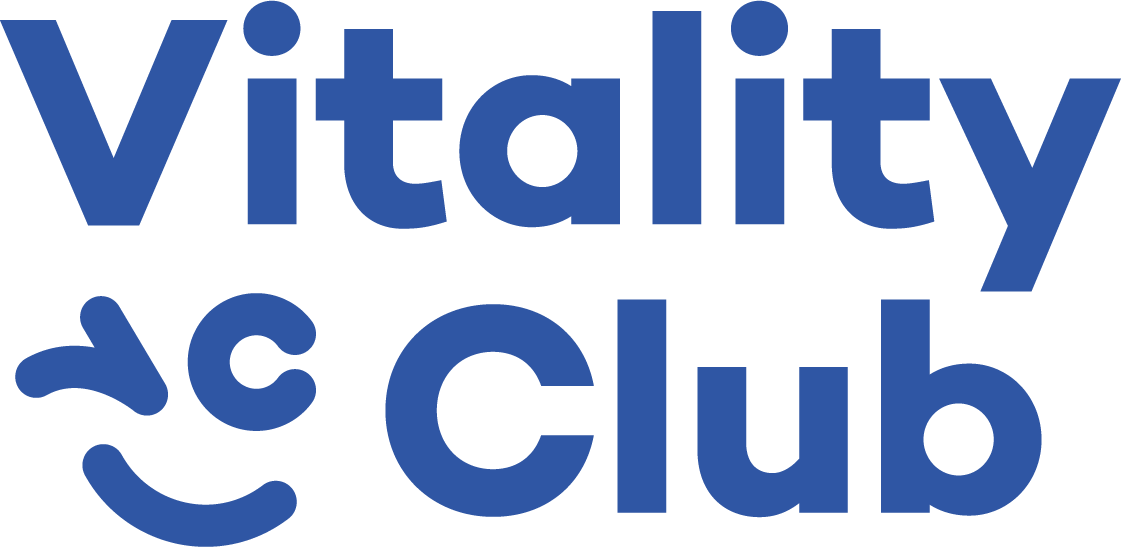Delayed Onset Of Muscle Soreness
Have you ever wondered why your muscles feel sore after an intense workout session or after trying a new exercise? This can allude to a term called ‘Delayed Onset Muscle Soreness’ (DOMs).
What causes muscle soreness (DOMs)?
Muscle soreness can be caused by various factors such as strenuous exercise, inflammation and/or even injury. In addition, activities such as gardening can place a greater demand on working muscles, which can induce micro-injuries. However, these minor injuries aren’t bad at all! The way your body responds to a strenuous exercise workout is needed to help BUILD and REPAIR muscle tissues and make them STRONGER.
Who can experience DOMs?
ANYONE!!! From elite athletes, to beginners, to people who haven’t worked out in a long time. No matter what level of fitness you have, muscle soreness is inevitable.
When does DOMs occur?
When you have increased your workout intensity, performed eccentric exercises or tried a new kind of exercise your body isn’t used to, DOMs will likely occur post-exercise session. Muscle soreness may vary from person-to-person and the time it starts varies. A typical pattern of DOMs would start a day after exercise. The muscle soreness will intensify with time, peaking at about 48-72 hours post-exercise before slowly seeing the symptoms (listed below) subside.
Symptoms of DOMs:
Tenderness in the muscles
Painful limitation in movements
Local swelling and/or stiffness
Short-term loss of muscle strength due to muscle fatigue
How to mitigate symptoms of DOMs?
We can mitigate the severity of DOMs by performing warm-up immediately prior to an exercise program. When being introduced to a new exercise, start at a low volume and build up over time. Many people tend to get muscle soreness in their first week or two, but it subsides after they progress appropriately.
How to deal with DOMs?
There have been some mixed research findings about treating DOMs and more studies are currently undergoing trials. Some findings suggest the following treatments and self-care steps to ease the discomfort:
Massage or Foam Rolling
Massages and foam rolling could be effective to offer short term relief but it has no effects on muscle function. Each person responds to these techniques differently.
Stretching
Stretching is another that a lot of people consider but there has not, to my knowledge, ever been a study that has shown that stretching could alleviate pain during DOMs. This doesn’t mean you shouldn’t stretch. An active warm-up and/or dynamic stretching are important before you launch into a workout as it can warm-up the muscles prior to an exercise session.
Exercise
Exercise, why? You might be tempted to not move as much due to muscle soreness and stiffness BUT inactivity can worsen the stiffness found in the muscles. Light exercise increases blood flow to the muscles and may have a slight anti-inflammatory effect. You probably won’t want to do a hard-core workout if you have DOMs but light movement can work in your favour.
While DOMs is often not the most pleasant of feelings to experience after a workout, it would be helpful to have a few or even many positive reminders about the exercise session that you’ve completed, like ‘I must have done a cracker of a training session!’.
If you, or someone you know needs help with exercise prescriptions and/or managing symptoms of DOMs, you can book in an accredited physiotherapist or exercise physiologist here.

